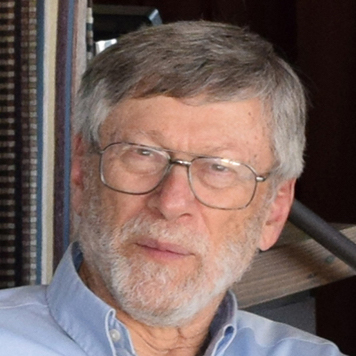
THIS IS A BOOK any track fan can enjoy. Man Of The Oval (The international legacy of John Chaplin and WSU Track & Field) harkens back to a golden era at Washington State, presided over by Coach John Chaplin, and spearheaded by a legion of Kenyan distance runners, most notably Henry Rono. (There is a listing of Rono’s competitions in ’78, when he set World Records in the 3000, 5000, 10,000, and steeple.)
The book is many things: a biographical sketch of Chaplin, a controversial but highly influential figure in our sport; a kind of history of WSU track & field, from the post-WWI days of Clem Phillips, Dixie Garner and John Devine (who?) to the post-Chaplin years.
And you learn a lot about the author— Bruce Blizard, who doesn’t hesitate to interject his own thoughts and experiences Into the narrative. It’s a curious structure, but it all makes pretty good reading.
However — like a lot of new track books that cross my desk — I wish there had been a T&FN type around to edit and proof the book before publication to catch the typos and eliminate the repetitions.
Chaplin is certainly the center of the book. If you have ever been in a public space with him present, you’d definitely know he was in the room. He is a man to openly express his opinions, in a rapid-fire manner, and never sotto voce.
As a result, he could rub some people the wrong way. But not coaching peers like Brooks Johnson, Vin Lananna (who wrote an introduction to this book), Stephanie Hightower and the late Charlie Greene, who all express great admiration for the man.
And certainly not the collection of his former athletes who were interviewed for the book. They all cited his honesty, directness, and his caring, and how his presence in their lives remains a strong influence to this day.

Rival coaches and fans criticized Chaplin for his reliance on Kenyan “mercenaries” for WSU’s success. But there were few negative remarks in those days about Villanova’s recruitment of Irish middle distance superstars: Delany, Carroll, Coghlan, et al. So, could it be, as Blizard points out, that racism had something to do with that criticism?
Any track coach hoping to attract athletes to come to Pullman faces long odds. Climate-wise, winter can last well into April in the Palouse, whereas the Arizona and SoCal teams can train outdoors all year long. And Pullman is really geographically remote, while its cross-state rival, the University of Washington, offers big-city bright lights and attractions. And the pool of local high school athletes to recruit from is quite small.
Chaplin points out that the population of Los Angeles County (where he went to high school) is considerably greater than that of the whole state of Washington.
Blizard describes the drive from Seattle into the other side of the state eloquently:
“Once Interstate 90 crests the summit of Snoqualmie Pass and begins the shallow descent along Lake Kachess and then down into the eastern Cascade foothills, the forest thins out, underbrush becomes sparse, and the verdant landscape suddenly gives way to the broad, flat, brown expanse of the Columbia Basin.”
But we’re still more than 150 miles from Pullman. One of Chaplin’s former athletes says it all: “It’s like someone woke up drunk and said, ‘I think we’ll put a school here.’”
Today, though, WSU is a world-class institution of 37,000 students.
After 27 years, Chaplin bowed out as WSU’s men’s coach in ’94, and took a job at the provost’s office until retirement at age 65. But he has kept his hand in with USATF, serving as the head of the International Competition Committee and the Men’s Track & Field Committee.
My favorite part of the book is the chapter “An Abrasive Softie” where Blizard allows Chaplin, in his own words, to discuss the various controversial problems he faced as head of the Competition Committee, such as figuring out the places in the women’s 100H photofinish at the 1984 Trials. He determined that Stephanie Hightower was the odd woman out (4th place) and had to tell her that. Hightower was disappointed, of course, but to this day has great respect for Chaplin.
And of course there was the Linford Christie DQ at the ’96 Games. How do you tell the defending champion that he cannot compete in his event?
Chaplin insisted that, though WSU had some of the greatest distance runners in the world in the period ’66 through ’00 — Lindgren to Lagat — they had outstanding athletes in almost all events, including Gabriel Tiacoh (’84 Olympic 400 silver medalist), sprinter Lee Gordon, hurdler Dominique Arnold, Olympian Boyd Gittins (400H), South African thrower John van Reenen, Australian triple jumper Ian Campbell, hammer thrower Tore Gustafsson, and many more.
The one I enjoyed most reading about was John Delamere. Remember the somersault long jump? Delamere became a successful businessman and served for a time as New Zealand’s Minister Of Immigration, which his Maori father must have appreciated.
Man of the Oval is available from Amazon: $24.99 hardcover, $9.99 Kindle, $14.99 paperback.
